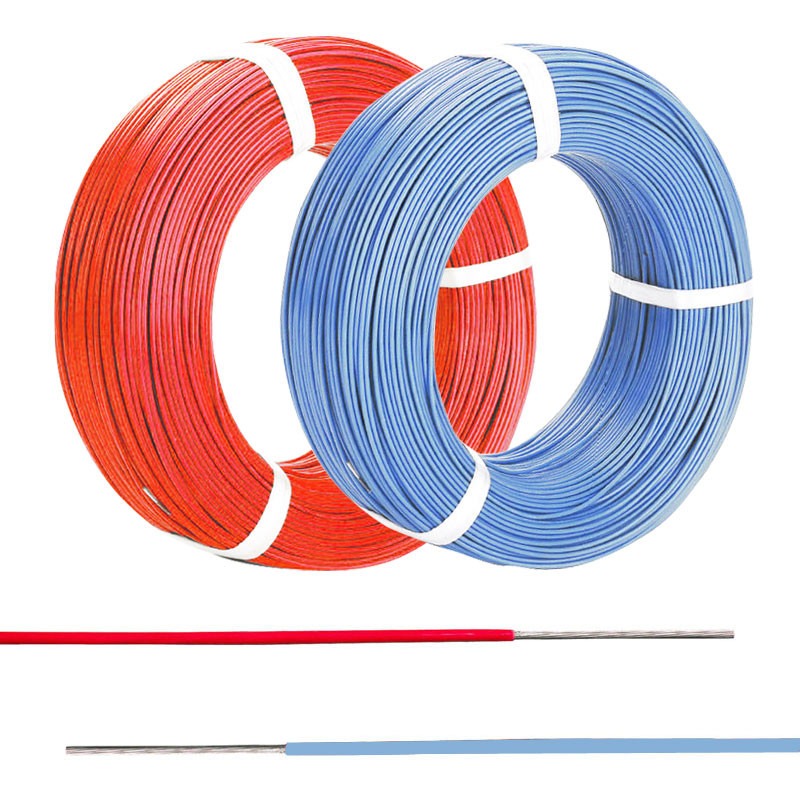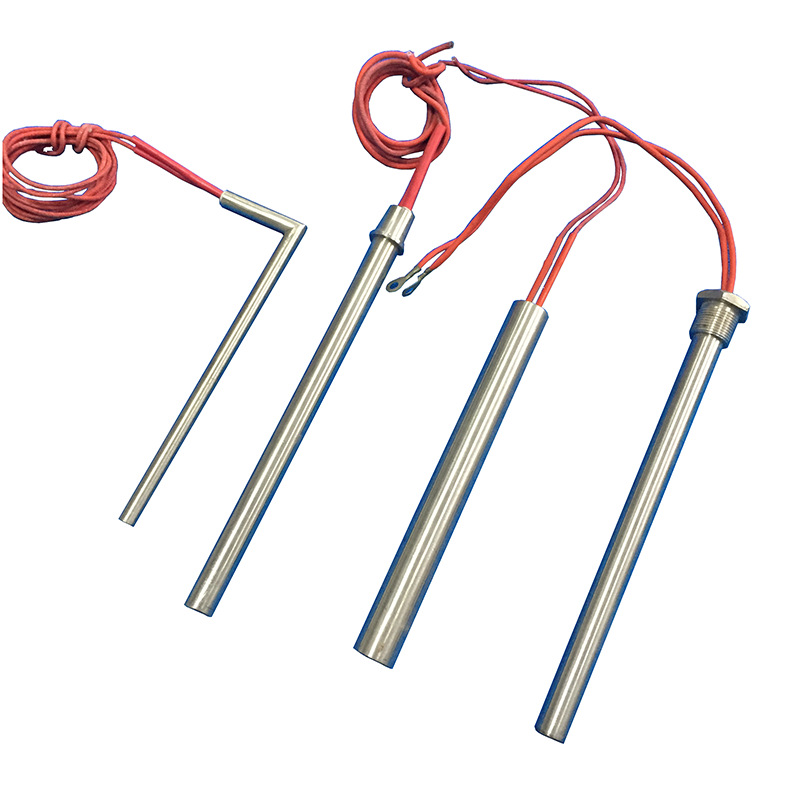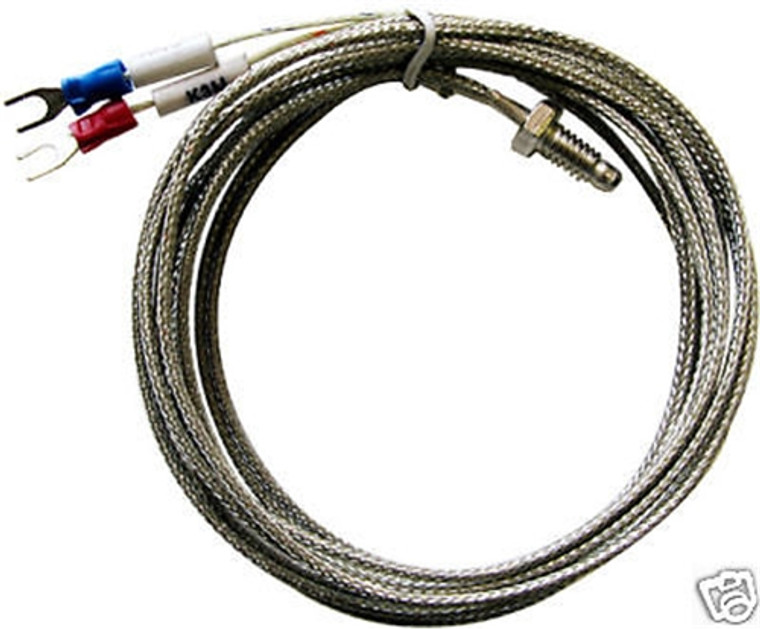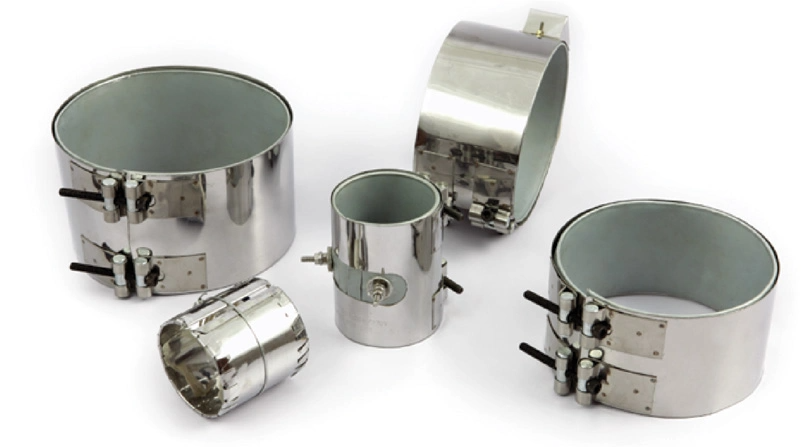In the world of manufacturing, precision, efficiency, and consistency are essential. Whether you’re working with plastics, metals, chemicals, or food processing, heating systems are at the core of your operations. Choosing the right heating solution can significantly impact your productivity, energy consumption, and product quality. With so many technologies available—from cartridge heaters to infrared panels—how do you determine which one is right for your specific manufacturing needs?
At Cheriheater, we specialize in helping manufacturers make informed decisions when it comes to industrial heating solutions. In this guide, we’ll walk you through the key factors to consider when choosing the most effective heating solution for your operation.
1. Understand Your Application Requirements
The first step in choosing a heating solution is to thoroughly understand your application’s unique requirements. Every manufacturing process is different and demands specific parameters when it comes to:
-
Temperature range: Some applications require precise, low-temperature control, while others may demand high heat.
-
Heat-up time: Do you need rapid heat-up or is gradual warming acceptable?
-
Material compatibility: Will the heater be in direct contact with your product or surrounding machinery?
-
Environmental conditions: Is your process exposed to moisture, dust, or corrosive chemicals?
Clearly identifying these requirements will help you narrow down which heating technologies are most suitable.
2. Evaluate the Type of Heater Needed
There are several types of industrial heaters, each with unique benefits and ideal use cases. Some of the most common include:
Cartridge Heaters
These are compact, cylindrical heaters often used to heat metal blocks, molds, or tools. They offer high watt density and precise temperature control, making them ideal for applications like plastic molding or packaging machinery.
Band Heaters
Typically used to heat cylindrical surfaces such as pipes, nozzles, or drums. Band heaters are great for injection molding and extrusion equipment.
Tubular Heaters
These are versatile heaters that can be shaped into various configurations. Ideal for heating air, gases, and liquids, tubular heaters are often used in ovens, immersion tanks, and ducts.
Infrared Heaters
Perfect for non-contact heating, these are often used in curing, drying, and coating processes. Infrared heaters can offer energy savings and faster response times.
Immersion Heaters
Used for directly heating liquids, immersion heaters are common in chemical processing, water treatment, and oil heating applications.
Matching the heater type to your process needs will ensure efficiency and longer operational life.
3. Assess Power Requirements and Energy Efficiency
Another critical factor is the power requirement. How much wattage do you need to achieve and maintain your desired temperature? Choosing a heater with the correct watt density (watts per square inch) is vital to prevent overheating or underperformance.
In today’s energy-conscious environment, energy efficiency is more important than ever. Look for heating solutions that offer:
-
Uniform heat distribution
-
Fast response times
-
Integrated temperature sensors or controllers
-
Minimal heat loss to the environment
Using advanced controls and sensors not only boosts efficiency but also enhances safety and reduces operating costs.
4. Consider the Control Systems
A heating system is only as effective as its controls. Precision in temperature regulation is crucial for many industrial processes. Depending on your process, you might need:
-
Basic thermostats
-
Digital controllers with programmable settings
-
PLC (Programmable Logic Controller) integration for complex automation
Choosing the right control system helps maintain consistent temperature levels, reduces waste, and improves product quality.
5. Think About Installation and Maintenance
Ease of installation and maintenance are often overlooked but can have long-term cost implications. When choosing a heating solution, ask the following:
-
Is it easy to integrate with existing equipment?
-
Are replacement parts readily available?
-
What is the expected lifespan?
-
Is maintenance frequent or minimal?
Opting for heaters that are modular or easy to replace can reduce downtime during maintenance or unexpected failures.
6. Safety and Compliance Standards
Industrial heating systems must comply with safety and regulatory standards. Make sure the heater and its components are:
-
Certified by relevant bodies (e.g., CE, UL, RoHS)
-
Designed with built-in safety mechanisms like thermal cutoffs or overload protection
-
Made with materials that suit your industry’s compliance requirements (e.g., food-grade stainless steel)
Safety should never be compromised, especially when working in high-temperature or hazardous environments.
7. Work with a Reliable Supplier or Manufacturer
One of the most important decisions is choosing who to partner with. A trustworthy heating element manufacturer can provide tailored solutions, expert advice, and after-sales support. Customization is often key in manufacturing, and working with an experienced manufacturer ensures your heating system is designed to your exact specifications.
Look for a supplier with a solid track record, client testimonials, and the ability to design, prototype, and produce heaters in-house. This ensures quality control, fast lead times, and scalable production.
8. Factor in Budget vs. Long-Term ROI
While initial cost is a key consideration, it’s equally important to evaluate long-term return on investment (ROI). A cheaper heater may save money upfront but could lead to higher energy bills, frequent repairs, or poor process control. Instead, weigh the total cost of ownership:
-
Initial purchase price
-
Installation and integration costs
-
Operating and energy costs
-
Maintenance and downtime
-
Lifespan and reliability
Choosing the right heating solution can result in higher productivity, lower energy bills, and fewer equipment failures—making it a smart long-term investment.
Conclusion:
Selecting the right heating solution for your manufacturing process involves a careful evaluation of technical requirements, energy efficiency, safety, and vendor reliability. By following a structured decision-making process and consulting with experts, you can ensure that your heating system delivers optimal performance and value.
At Cheriheater, we pride ourselves on offering high-quality, custom-designed heating solutions for a wide range of industrial applications. Whether you’re in plastics, packaging, chemicals, or food production, we’re here to help you choose the best heating technology for your unique needs.
If you’re looking to optimize your heating process, improve energy efficiency, and enhance product quality, contact our team today to discuss your project requirements.














